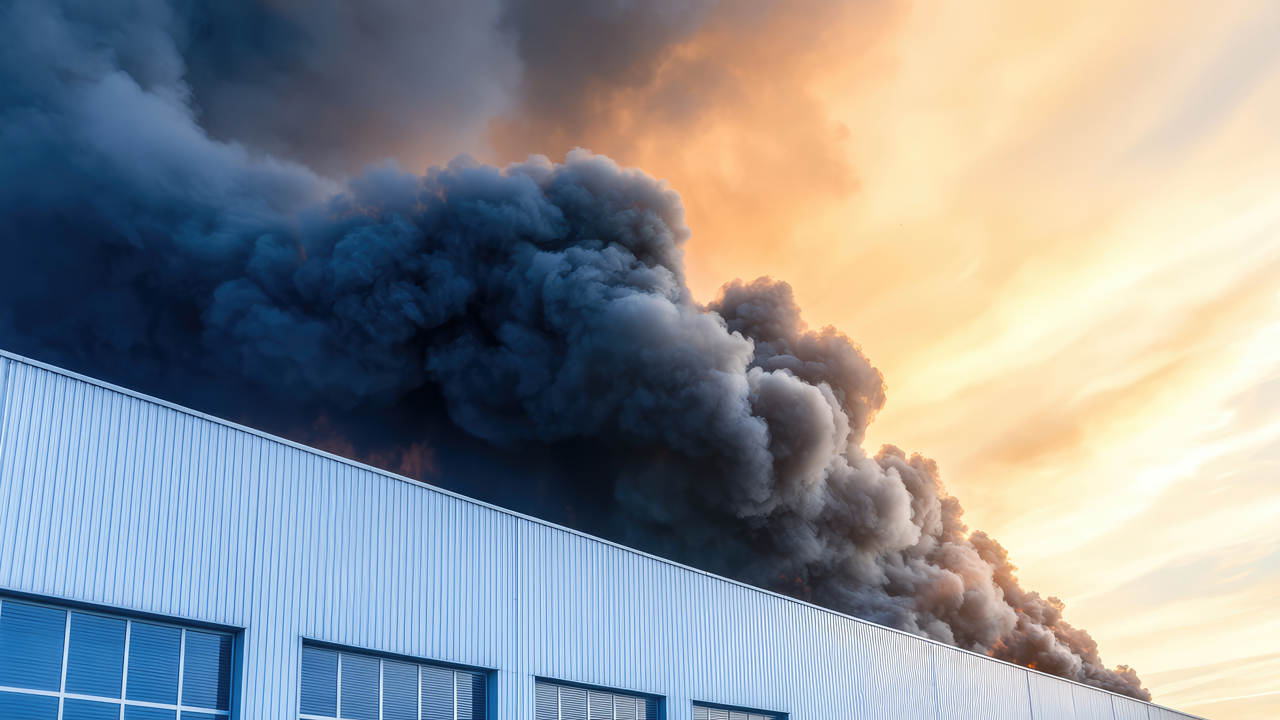Chemical Explosions: Why the First 15 Minutes Define Your Future
A Sudden Boom That Changed Everything
It was a quiet Tuesday morning at a mid-sized manufacturing facility in the Midwest. Forklifts hummed, shipments rolled out the door, and managers prepared for their weekly check-ins. Then—without warning—a massive blast shook the ground. A chemical storage tank had ruptured and ignited. Within minutes, flames consumed part of the plant, sending toxic smoke across the surrounding neighborhood. Employees scrambled, first responders raced in, and executives found themselves in front of cameras explaining what went wrong.
Scenarios like this aren’t confined to history books. They happen today—more often than most leaders realize.
Why Chemical Explosions Demand Attention Now
Chemical incidents remain one of the most dangerous and costly crises a business can face. According to the U.S. Chemical Safety and Hazard Investigation Board (CSB), nearly 200 significant chemical accidents occurred between 2020 and 2023, resulting in over 17 deaths, hundreds of injuries, and billions in damages. In 2023 alone, CSB noted an uptick in reports of major releases, explosions, and fires.
Globally, the risk is even starker. A 2022 report by Swiss Re estimated that industrial accidents involving hazardous materials cost the global economy over $20 billion annually in direct and indirect losses. Add reputational damage, lawsuits, and regulatory penalties, and the true cost skyrockets.
For businesses that store or utilize hazardous chemical manufacturers, energy companies, pharmaceuticals, even food processors, the message is clear: ignoring chemical safety and preparedness is a gamble with lives, reputations, and balance sheets.
What Keeps Leaders Awake at Night?
When I sit with executives, resilience leaders, or crisis communications managers, the same questions come up:
- “How do we know if our chemical storage practices are truly safe?”
- “What would we do in the first 15 minutes of an explosion?”
- “How do we protect our people, our neighbors, and our reputation?”
- “Who speaks for us—and what do they say—if the media shows up?”
- “What does good recovery actually look like?”
These aren’t hypothetical worries. They’re survival questions. Let’s unpack them.
Building Resilience Before the Blast
1. Safety Isn’t Just Compliance
Regulations (like OSHA’s Process Safety Management standard or EPA’s Risk Management Program) set the baseline. But real safety culture goes beyond checklists. Companies that treat chemical handling as a “compliance exercise” often miss hidden risks. Best practice means regular hazard reviews, engaging operators in safety conversations, and running drills that test—not just train—your team.
Common mistake: I’ve seen businesses proudly show me their thick safety manuals. Yet when I ask a frontline employee how they’d respond to a leak or fire, I get blank stares. A binder doesn’t save lives, practice does.
2. The First 15 Minutes Matter Most
Explosions unfold fast. The choices made in the first quarter-hour can mean the difference between containment and catastrophe. That’s why clear evacuation routes, automatic notifications, and rehearsed emergency roles aren’t just “nice to have”—they’re mission-critical.
Example of failure: In one exercise, the company didn’t coordinate with local first responders. Fire crews arrived without knowing what chemicals were stored on-site, their properties, or their exact locations. Even worse, that information wasn’t readily available at the front gate. The result? Delays in response and unnecessary risk. Fortunately, this was only an exercise.
Example of best practice: At another facility, frontline responders trained repeatedly in full PPE and conducted joint drills with community emergency services. When a full-scale exercise tested them, both internal teams and external responders knew their roles, trusted one another, and acted decisively. The outcome was swift, coordinated, and effective model for how preparation pays off.
Related: Effective Emergency Evacuations: Ensuring Safety and Preparedness in Crisis
3. Protecting People and the Community
A blast isn’t just your company’s problem—it’s your neighbors’ too. Toxic plumes, water contamination, and structural damage can ripple across communities.
Smart organizations work together with local emergency management, fire departments, and hospitals. They also build strong communication pipelines: text alerts for employees, pre-drafted public statements, and dedicated hotlines for community updates.
Think of it this way: in a chemical emergency, silence is gasoline on the fire of public distrust.
4. Communication Under Fire
The first camera crew often arrives before the fire is out. Executives and crisis communication managers must be ready with clarity, empathy, and credibility.
- Say what you know. Admit what you don’t. Speculation destroys trust.
- Put people first. Express concern for employees and the community before property or production.
- Be consistent. Mixed messages across leaders erode confidence.
Imagine a CEO stumbling through questions while the COO gave conflicting information. The result? Confusion that would escalate into public outrage. By contrast, another firm trained spokespeople quarterly—when a crisis emerges, they will be firm, compassionate, and consistent.
5. Recovery: More Than Rebuilding Walls
Too often, executives assume “recovery” just means fixing buildings and equipment. Recovery also includes employee mental health, community trust, regulatory relationships, and insurance battles.
The most resilient companies plan for phased recovery: immediate stabilization, medium-term operations continuity, and long-term brand rebuilding. And they don’t do it alone, they bring insurers, regulators, local leaders, and employees into the planning room.
Imagine This: Two Different Outcomes
- Company A: Treats chemical safety as a checkbox. No recent drills. Poor communication protocols. When an explosion occurs, employees freeze, community panic spreads, and executives stumble in front of the media. Lawsuits pile up, regulators investigate, and the brand never recovers.
- Company B: Runs regular tabletop exercises, updates the plan annually and empowers frontline workers. When a storage tank ruptures, alarms trigger, employees evacuate, and emergency responders coordinate seamlessly. Executives quickly express empathy and transparency. Damage is significant, but recovery begins with trust intact.
Which company would you rather lead?
Quick-Action Checklist for Leaders
Here are five steps you can start on today—no committee approvals required:
- Walk the floor. Ask employees if they know evacuation routes and emergency roles.
- Test your alarms. Ensure fire, chemical release, and notification systems work.
- Draft three public statements now. Cover injury, no-injury, and investigation scenarios.
- Call your local fire chief. Set a date to walk them through your facility.
- Schedule a tabletop exercise. Focus on the first 15 minutes of a chemical explosion scenario.
Related: A Decade On: Reflecting on the West Fertilizer Explosion and the Lessons Learned
Final Thoughts
Chemical explosions are rare, but their consequences are catastrophic. The organizations that survive—and even strengthen—after such crises aren’t the ones with the thickest manuals. They’re the ones that prepare, practice, and communicate with purpose.
At PreparedEx, we’ve spent decades helping organizations stress-test their response plans and build confidence before disaster strikes. If you’d like to explore how your team would handle a chemical emergency, reach out or download our resources. Because when seconds shatter, preparation is everything.








